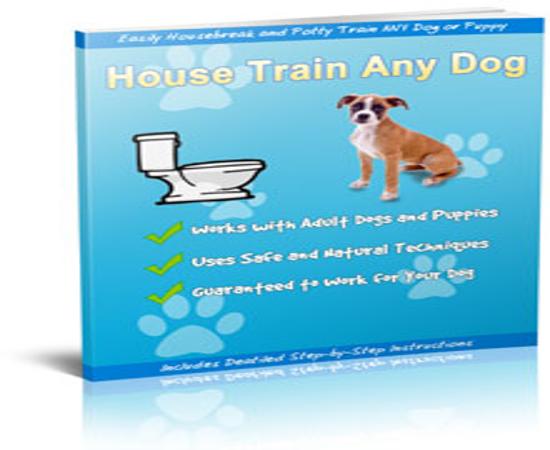How To Housetrain & Potty Train Any Dog: A Comprehensive Guide
Are you struggling with housetraining and potty training your furry friend? Fret not! With the right techniques and consistency, you can successfully teach your dog where to go potty. In this article, we’ll explore the essential steps and tips to help you housetrain and potty train any dog effectively.
Benefits of Proper Housetraining and Potty Training
Proper housetraining and potty training have numerous benefits for both you and your dog. Some of these include:
- Creating a clean and hygienic living environment
- Building a strong bond and trust between you and your pet
- Reducing the chances of accidents and messes in the house
Essential Steps to Housetrain & Potty Train Your Dog
1. Establish a Routine: Consistency is key when it comes to housetraining. Take your dog out to potty at the same times every day, such as after meals and naps.
2. Use Positive Reinforcement: Praise and reward your dog when they potty in the right spot. Positive reinforcement will help them associate good behavior with treats and praise.
3. Supervise Your Dog: Keep a close eye on your pet, especially during the housetraining phase. Supervision helps you catch accidents early and redirect your dog to the correct potty area.
Frequently Asked Questions
Q: How long does it take to housetrain a dog?
A: The time it takes to housetrain a dog varies depending on the breed, age, and consistency of training. It can take anywhere from a few weeks to several months.
Q: Should I punish my dog for accidents?
A: No, punishment is not effective when housetraining a dog. Instead, focus on positive reinforcement to encourage good potty habits.
Q: Can older dogs be housetrained?
A: Yes, older dogs can be housetrained, but it may require more time and patience compared to training a puppy. Consistency is key in teaching an older dog new habits.
Q: What should I do if my dog has an accident in the house?
A: Clean up the accident thoroughly to remove any scent markers that may attract your dog to potty in the same spot again. Stay calm and continue with the training process.
Q: Is it necessary to crate train my dog for housetraining?
A: Crate training can be a helpful tool for housetraining, as it teaches your dog to hold their bladder and helps prevent accidents when you’re unable to supervise them. However, it’s not the only method for housetraining.
Conclusion
Successfully housetraining and potty training your dog requires patience, consistency, and positive reinforcement. By following the steps outlined in this guide, you can create a clean and harmonious living environment for both you and your furry companion. Remember, every dog is unique, so tailor your approach to suit your pet’s needs and personality.


